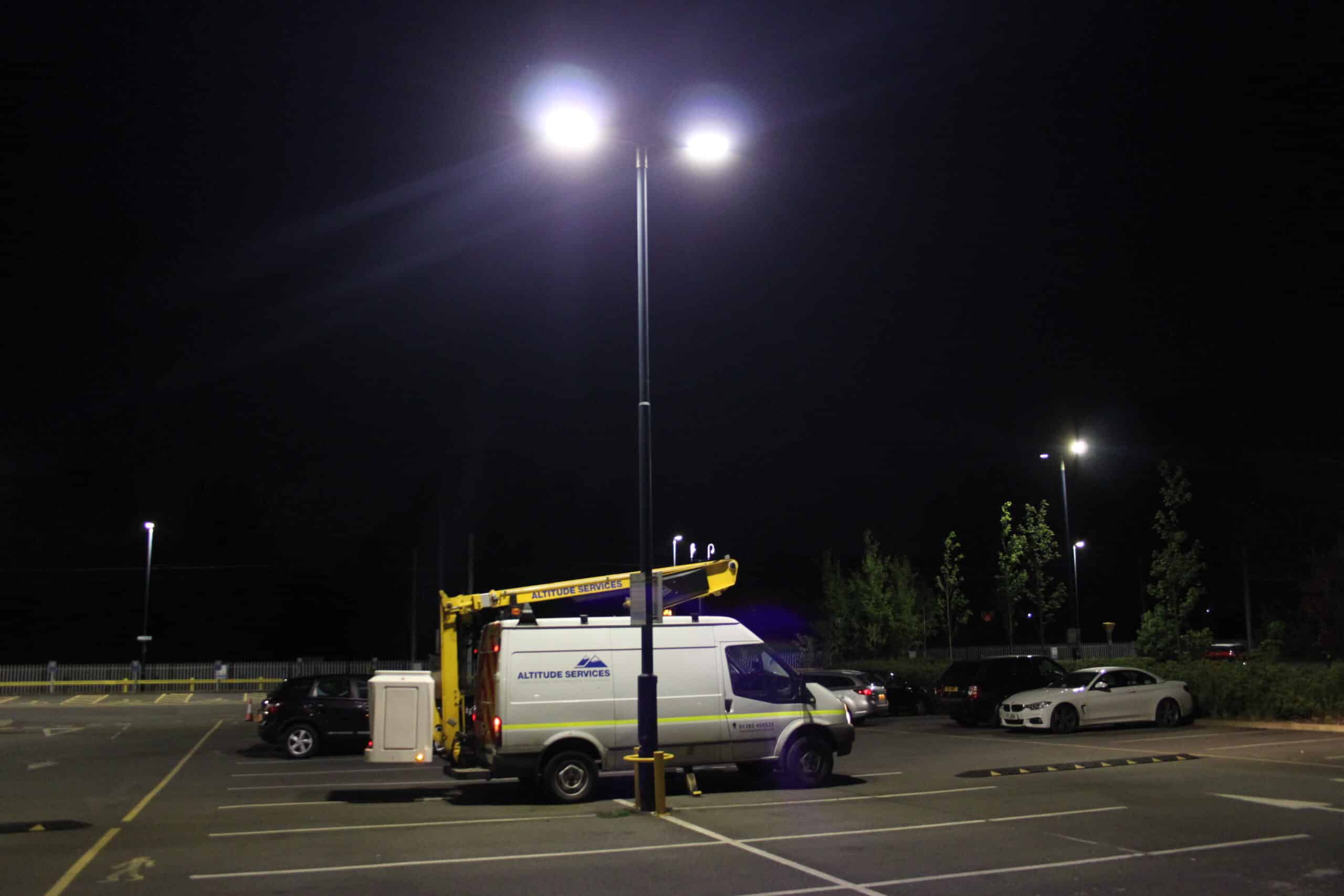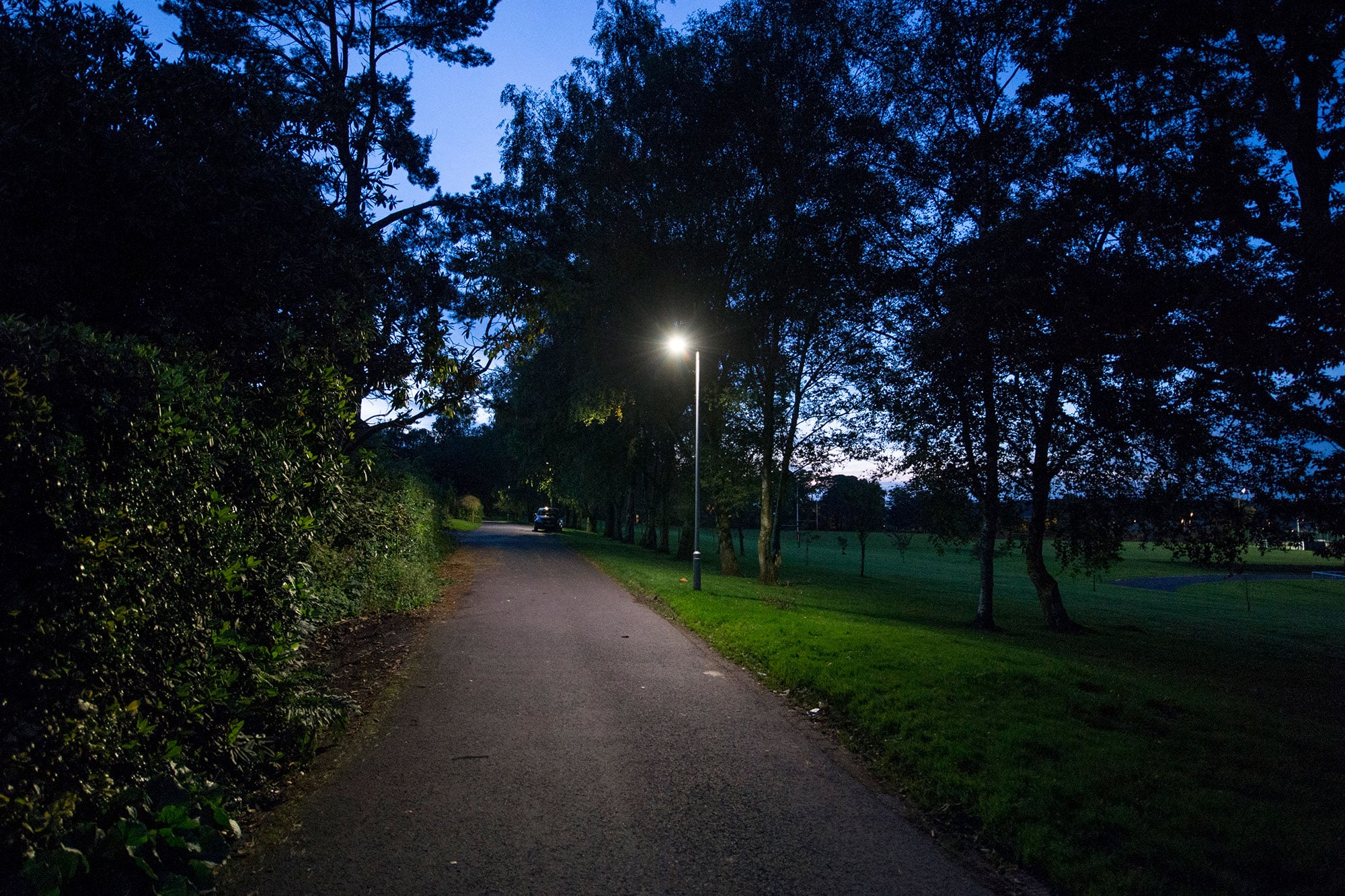LED street lights are now, more than ever, the preferred choice for external lighting solutions due to their energy efficiency and low maintenance.
However, modern lighting technology is only as effective as the system it is a part of. What this means is that designing an external lighting system well is critical to its success.
What, therefore, must you consider for a well-designed external lighting system?
It is a question of meeting expectations. Lighting streets and roads means looking at issues around efficiency and safety, and how these intersect.
What is the Visual Perspective?
The temptation when looking at street and roadway lighting is to focus on what is immediately in front of users, night-time drivers especially.
Obviously, motorists’ reaction times are critical, but it is also important to consider how the human visual system, how we see, can work in a wide range of conditions.
Different conditions require different lighting levels. The retina of the human eye depends on two kinds of photoreceptors to perform its role: cones and rods.
The cones mainly occupy the centre of the retina, the rods the periphery. Using these photoreceptors, the retina produces images which the central nervous system then processes. It is a kind of organic camera.
Night Time Driving Responses
In night time driving, our eyes spend most of the time directed onto the road, which is where the cone receptors dominate. However, any peripheral movement is detected by the rods, which, when relayed to the central nervous system, causes the eyes to move in response.
Therefore, external road and street lighting must consider the importance of peripheral detection.
It is our task to use design and technology to optimise lighting to make peripheral detection of visual targets better for drivers.
We must also allow for the different sensitivities of the eye’s photoreceptors. This means working with the right spectrum of light.
LED Lighting Design
LED lighting works in various commercial and industrial applications, including, increasingly, external street lighting.
Lighting design is crucial here, because various elements will affect the brightness, efficiency and visibility of LEDs.
For example, the LED colour temperature will determine brightness. It is the measure of how cool or warm the light appears. The cool end of the scale is bluish, the warm is reddish. For example, cooler whites are usual for office environments because they mimic daylight.
LED efficiency is measured in lumens per watt. In fact, we can often achieve maximum LED efficiency at a lower current than the maximum rating, making external LEDs extremely cost-efficient.
The visibility of an LED light depends on the output of the diode, but also on viewing angle of the light.
The Importance of Contrast
Road and street lighting design means looking at the technical requirements of the system (see above), and the contrast between the needs of strong forward lighting for detail in the road, and peripheral vision.
This means considering more than horizontal illumination of the roadway. the vertical plane is also crucial, in illuminating other details.
Road lighting systems must complement the forward lights on cars but also assist drivers in identifying potential hazards or obstacles. In other words, good lighting design is not a one-size-fits-all solution.
We design LEDs for street and road lighting for optimum light distribution. Light has immense value, and proper lighting design maximises this.
Contact Altitude Services today to find out how we can help you save on energy with efficient, external LED lighting.
Enjoying our articles? Get them straight to your inbox. All you need to do is sign up to our newsletter here: Sign me up!


